Blue Aboriginal Art Colour Palettes
The blue colour palette in Aboriginal painting is not the most common group of colours we encounter but it is used widely amongst certain artists. It creates quite an ethereal and mysterious sense about the paintings. When we look at these paintings and what they're evoking, we often see them referring to the mystery of Dreaming stories or ceremonial sites and body painting. The colour palettes when laid out for blue paintings create a contemporary and dynamic look. If we were to look at just the palette selection alone, those wonderful bands of colour, they certainly don't come to mind first up as being what we would find in Aboriginal art. Even so these major artists are using blue palettes. The effects that they get by their colour selection communicate a great deal about the spirit that underlies both the Country, the environment and the Dreaming stories that the artists are connecting to.
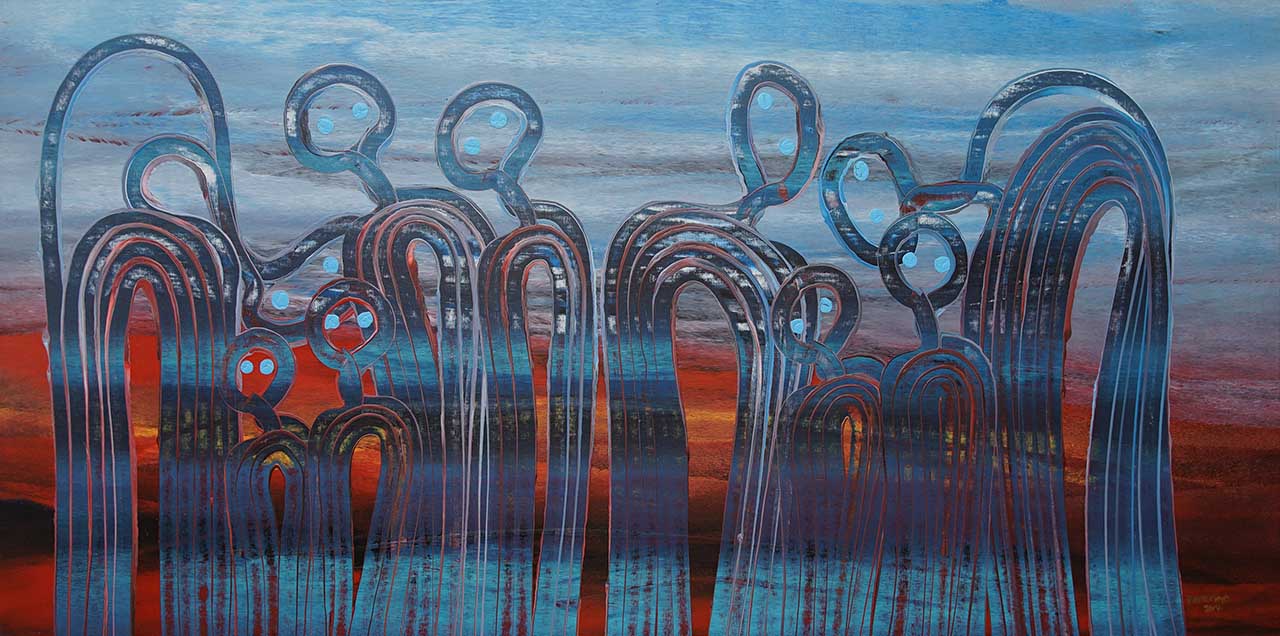
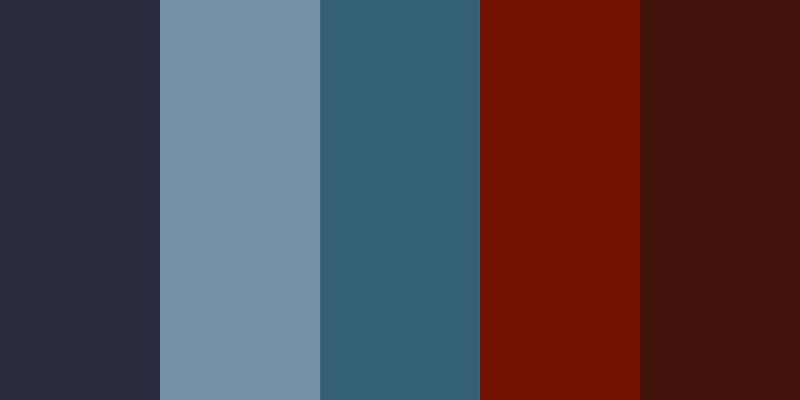
Fiona Omeenyo | Big Family Gathering
Fiona Omeenyo is an artist from Northern Queensland. Her people are from the coast at Lockhart River and she paints the concept of family gathering together. Her images use a figurative notion that is partly about living people and partly about the spirit of her own people in a wider sense. Being a person of the coast, Fiona’s painting often have a sense of watery presence, with blues that merge into each other. They blend and mix so that it could the sky and the clouds, it could be the sea, the ocean, the water. The colours carry right through the spirit figures of the group of people coming together. In this sense Fiona Omeenyo uses the blues to create an ethereal sense of space in paintings. There is also a connection to the landscape, the edge of the ocean with the people who are often fishing or collecting shells or generally gathering along the coastline for family events. There’s a close association between colour and family activities.
(Jap 014143)
View Fiona Omeenyo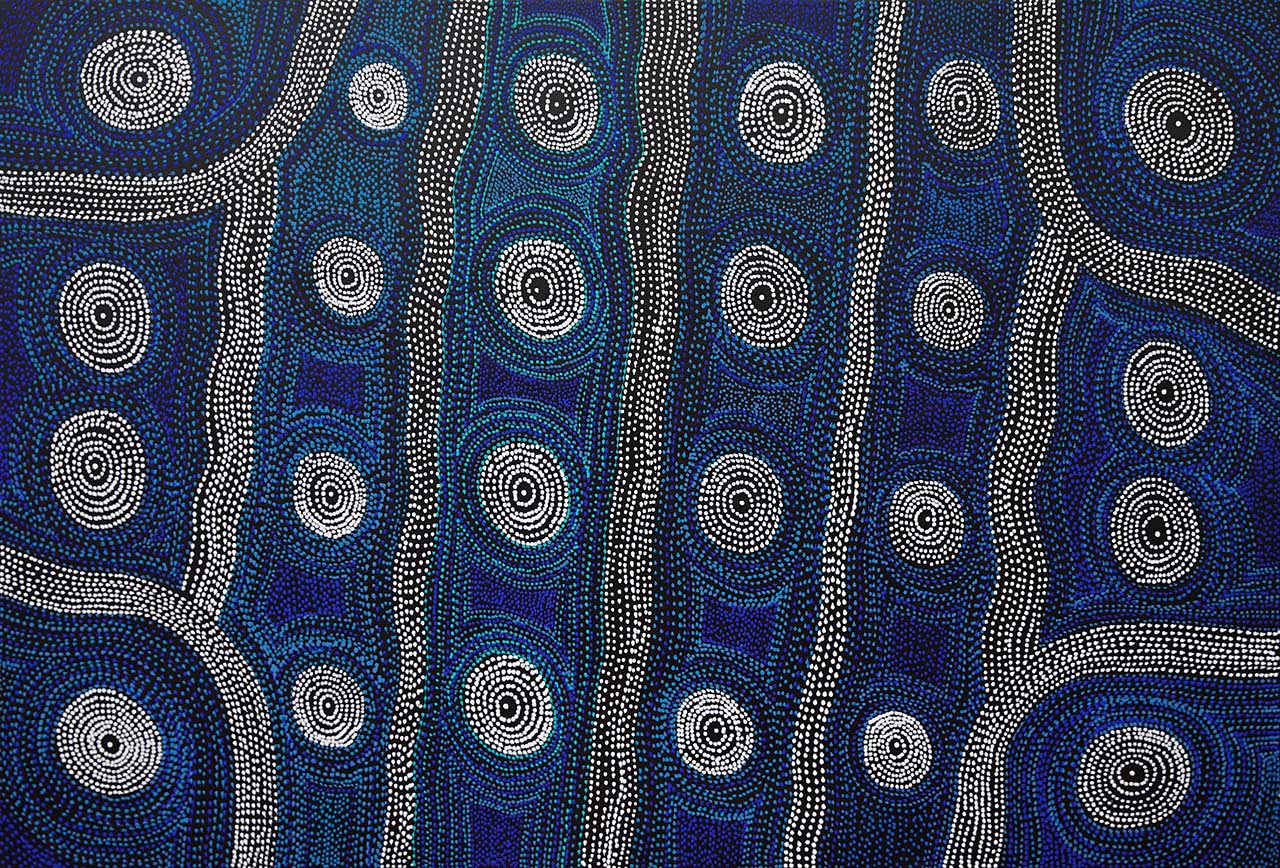
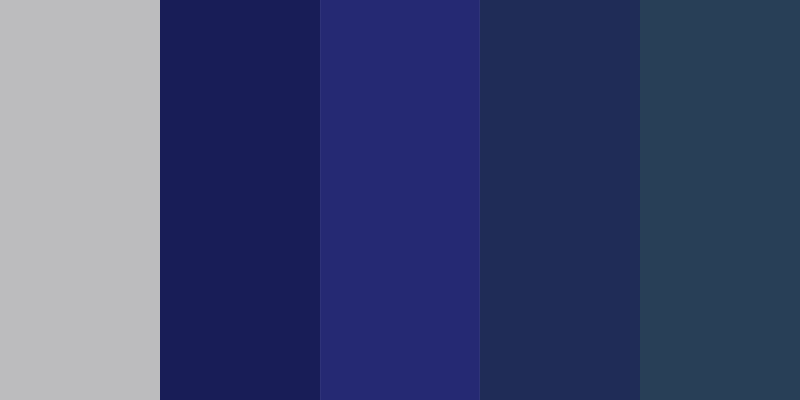
Lanita Numina | Dingo Dreaming
Lanita Numina is a Central Desert artist and she paints the stories of Women’s Dreaming from her country. This is a location where the women still carry out traditional ceremonies. This story is related to a water site where the Dingo Dreaming story is still celebrated in ritual performance by the women. Lanita has constructed a painting using the traditional images of ceremonial sites and waterholes. She has highlighted this by making the designs in black and white, while using dots through the entirety of the painting. She has then surrounded these circles with dotting in tones of light blues and dark blues to create an image that’s connected to Water Dreaming stories and to the Women’s Dreaming narratives from her country.
(Jap 013893)
View Lanita Numina

Faye Nangala Hudson | Vaughan Springs Dreaming
Faye Nangala Hudson has painted a Warlpiri Dreaming story from the site at Vaughan Springs where this Creation story emerges. It employs the iconography of traditional desert stories but stays away from the most expected colours for a painting like this. It is entirely in tones of blues and greens with no reference to any earth colours at all. The whole composition is intensely based on this blue-green colour scheme. This story revolves around two Rainbow Serpent spirits that belong to the Vaughan Springs Dreaming site. There’s a close connection between the Rainbow Serpent as protector and the Water Dreaming site and the ceremonial stories associated with that location, which allows the artist to paint such an intensely blue painting about her Country.
(Jap 013739)
View Faye Nangala Hudson

Charmaine Pwerle | Awelye – Body Paint
Charmaine Pwerle is the granddaughter of the artist Minnie Pwerle and paints the stories that her grandmother famously painted – the body painting designs. These ceremonial designs are painted on the dancers who were performing in women’s ceremonies. They are a direct translation from ancient traditional body art straight into painting on canvas. Charmaine has used colours ranging through dark blues and mid blues and highlighted these with a dark green, Indian yellow and a white, with remnants of the blue paint carried through all these colours. The design is associated with fertility and the well-being of the Country, which is the essence of the women’s ceremonies that are carried out on Country.
(Jap 010575)
View Charmaine Pwerle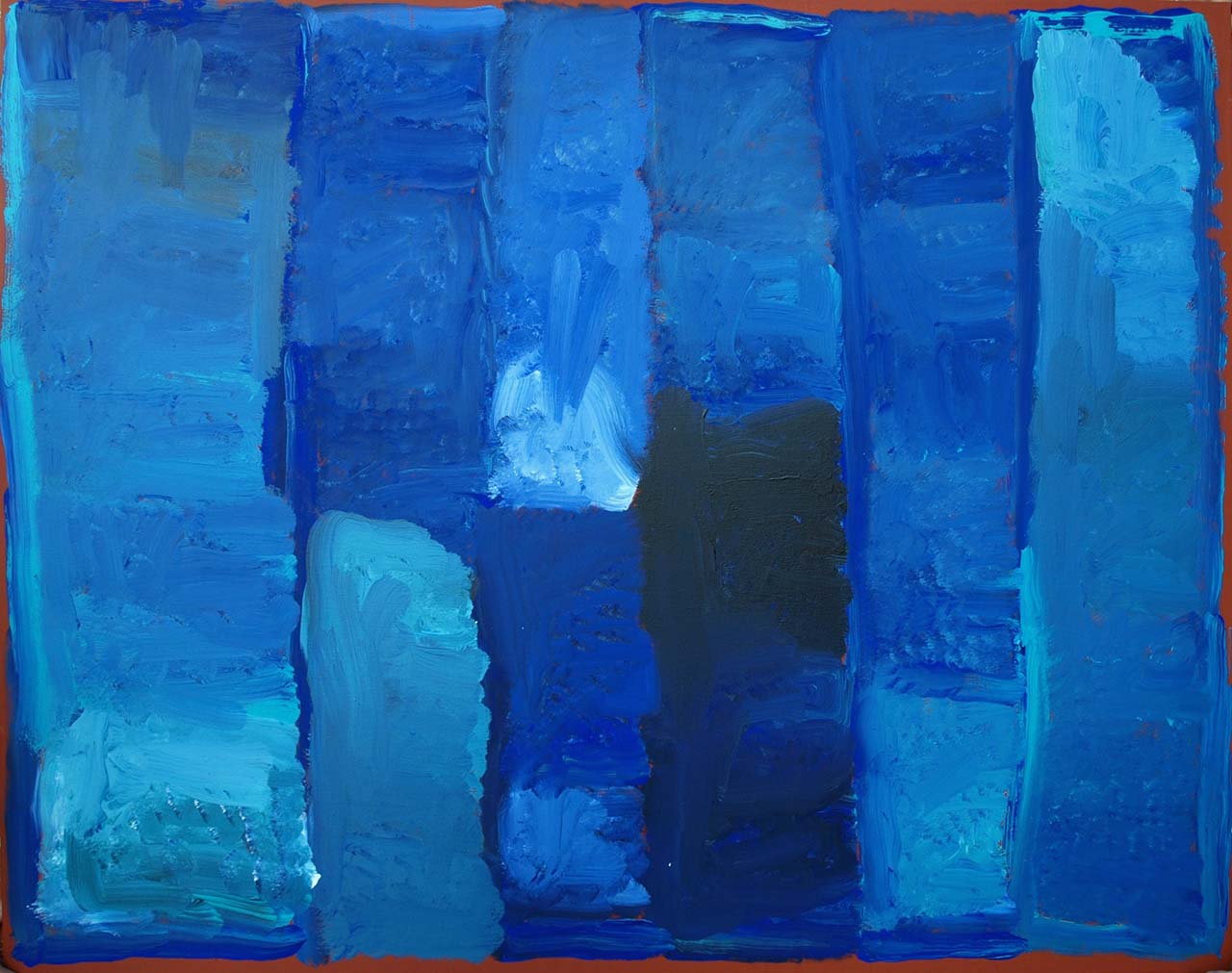
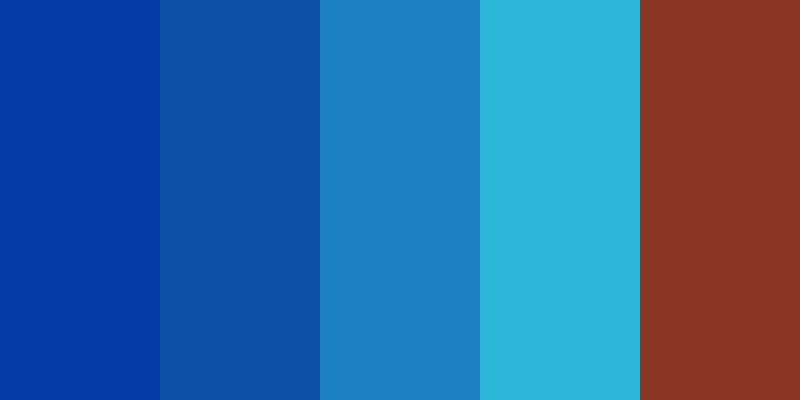
Kudditji Kngwarreye | Alhalkere – Kwenpaye
Kudditji Kngwarreye has selected colours to form an intense range of blues, from brights to deep blue-black, in a story about rain over his Country. The artist maintains the use of abstract blocks of colour so there are no figurative elements in these works at all. Having said that, Kudditji was a custodian for Emu Dreaming sites and would always include a long rectangle in the painting representing the ceremonial initiation site for Emu Dreaming. This is at the centre of his Country. In this painting the artist has selected colours referring to rain and rain clouds and the coming of the storm bringing rain to the desert. This is the context for all the colours being formed around those wonderful blue tones.
(Jap 006870)
View Kudditji Kngwarreye